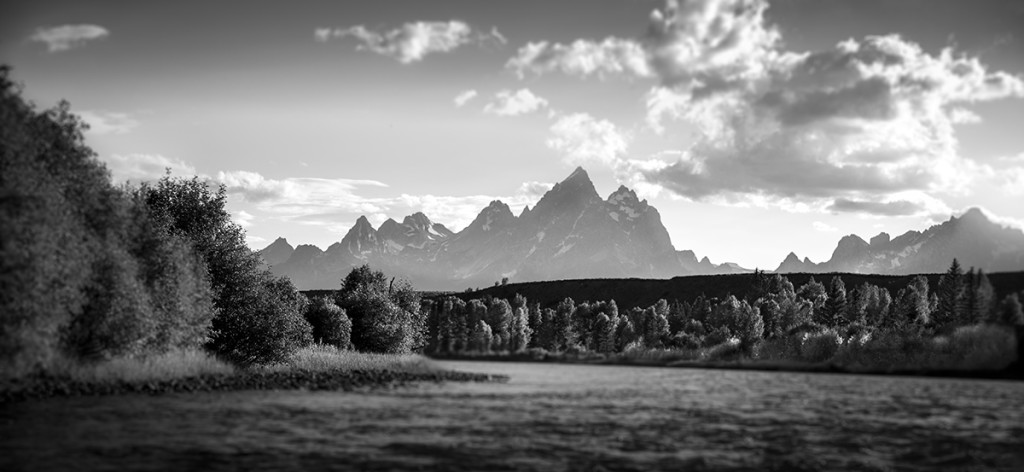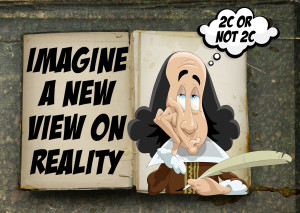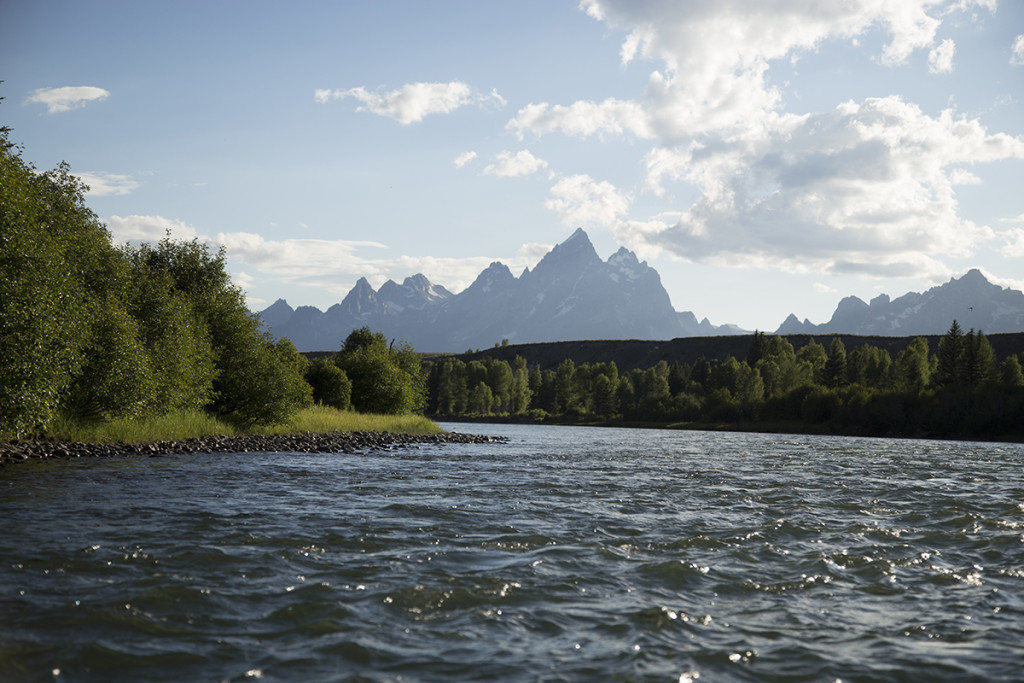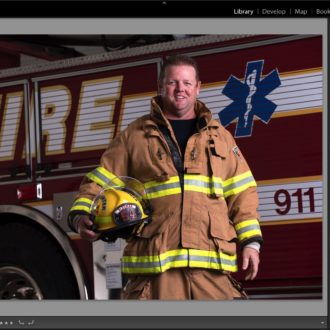Imagination
Today I wanted to share another part of my discussion with Steve Gustafson about the idea of imagination and the part it plays in what we do as photographers and artists. Here is an excerpt from Steve talking about the need for imagination. I have changed some of the wording for clarity’s sake or to add a comment and added some photos for illustration, but most of this is taken directly from Steve’s thoughts.
Everyone wants to be more creative… but to be creative you must use your imagination. Unfortunately imagination tends to be as elusive as bigfoot… and like bigfoot only a few actually pursue it. Most people give up and complain that they simply don’t have a good imagination while others declare that imagination fails with age. While both of these statements are partially true, the real answer is somewhat surprising. You may not have a good imagination at present, but I would suggest that it can be developed. Or perhaps your imagination has faded as you grew older, but the loss is not the result of age as much as from lack of practice.
First let’s take a look at what constitutes imagination. George Santayana describes imagination as “Spontaneous syntheses that arise in the mind.” I describe one aspect of it as “a personal (unique) expression of a global ideal.” (Pete’s translation: trying to see with our own special perspective) Notice I use the term expression and that is the key… it is a personal endeavor to express/communicate what it going on inside of the individual. It does not try to create an ideal that should be globally accepted or adopted or even try to define reality. As a matter of fact imagination often finds itself at odds with that which is real. However reality or “the ideal” is not the enemy of imagination. It can certainly hinder or stifle imagination, but the truth is imagination must use reality as a base. Imagination acknowledges “what is” (what is real) but then goes farther and asks “what could be…”. In this way imagination seeks a way to express its new idea by taking something real and adapting it or changing it even to the point that it becomes unreal. Imagination uses reality to be the springboard into the possible or the fanciful… the goal is not more reality, but rather the conveyance of a feeling or emotion that may not look like the reality you started with.
Example 1 is an image of “what is”.
Example 2 is an image of “what could be if”

Imagination is needed to change reality into an image that expresses the feeling/emotion of the scene that caused you to take the picture.
Example 2 has gone past a documentation of what is real. It was not the intention of Pete to document an actuality. He saw the scene and it caused an emotional sensation. This sensation caused him to capture the image. The “real” image that the camera produced did not completely communicate that same emotional experience so Pete asked “what if”. This desire to communicate a felt emotion, to a viewer, created a need for imagination. Imagination changed the image to create an expression.
I often use the term “intent precedes content”. It is this intent that drives imagination. Imagination is fueled by a hunger to express something in a new and unique way so that a perception can be shared with someone else. Reality is a base for imagination but it can easily become a barricade that stops all imaginative thought if we think that our role is to simply document. This happens when we give in and only accept reality as the most important thing that we can express. Age has a way of wearing us down because so many possibilities in life have fallen short. Society and our peers have helped us to set aside imagination… how many times have you heard, “that sounds good but the reality is…” or “stop dreaming and come back to reality”. The first step to growing imagination is to realize the daily thoughts we have that hinders the flourishing of imagination. Once we start to hear our own voices of doubt and our propensity to fall into the rut of simply documenting reality… we can start to resist them and by doing so begin to rekindle imaginative thought.*
*In our next post we will look at some things that actually fuel our imagination.





How wonderful to find a post supporting the goal I try to achieve in my hobby!
Me too, I often do get caught up in discussions with friends, who think, my approach (I call it “painting with the camera”) is wrong – they think, photography never should alter a picture, it should be more “journalistic” and “documentary”. They seem not to agree, that I’d rather like to try to convey the feelings and emotions, a scene, a landscape or a situation evokes in me through the way I process my pictures.
I choose to call that process “painting with the camera”, since imho this comes close to the way, a painter approaches a picture – he chooses the canvas, the colors, the painting technique, the thickness of the applied colors etc. and that way conveys his vision of the scene.
If you are interested in reading more about these thoughts, allow me to kindly invite you to some articles about that topic on my blog
….. http://mitundohnefar.be/?s=feeling
(Sorry, guess, I made an error with html, above…)
Art at the top — good to see Chuck Jones is still with us.
I love this kind of articles about photography. Very often we, photographers, tend to get “lost” in the labyrinth of technical possibilities and forget our true mission: to use our imagination to help the viewers use their own…
Whenever I threaten to loose inspiration or imagination, I go back to my little notebook of quotes. I take the liberty to cite some of them here.
“I believe in the imagination. What I cannot see, is infinitely more important than what I can see.” ~ Duane Michals
“It is part of the photographer’s job to see more intensely than most people do. He must have and keep in him something of the receptiveness of the child who looks at the world for the first time or of the traveler who enters a strange country.” ~ Bill Brandt
“I see no reason to record the obvious.” ~ Edward Weston
“Creativity is allowing yourself to make mistakes. Art is knowing which ones to keep.” ~ Piet Mondriaan
“The artist is a receptacle for the emotions that come from all over the place: from the sky, from the earth, from a scrap of paper, from a passing shape, from a spider’s web.” ~ Pablo Picasso
“Photography is an art of observation. It’s about finding something interesting in an ordinary place… it has little to do with the things you see and everything to do with the way you see them.” – Elliott Erwitt
“If God had meant man to fly, he would have given him wings.
If he had not, he wouldn’t have given him imagination.”
My imagination has gotten stronger and more fertile with age. As a result, the older I get the more fun I have, and the more resistant I am to accepting the inevitable.
But the most important point I want to make is this stupid new-age concept that everyone is creative, or talented, or imaginative, etc. everyone is decidedly NOT! No more so than everyone is a great athlete or a great intellectual. We are definitely not all the same at birth. Each of us has a different skill set to varying degrees. Some have more, some have less, some have none. Someone, after all, has to sell insurance and someone has to sweep floors. Otherwise the rest of us would have no health coverage and/or we’d live in a pig sty.
Hasi, thank you for your in site. I’m not quite sure of the intent of your comment but it does point out that perhaps my intent is not clear. My intent is not to express that all people have equal talents, imagination, etc. My intent is to express that no matter where our level of imagination is, there is possibility and opportunity to improve it to some degree. To use your example of talent, Pete is a more talented artist than I. However, there are techniques that will help me improve my ability in art. I may spend years working at it and may never be as good as Pete but I will be somewhat better than when I first started.
Thank you for your comment.